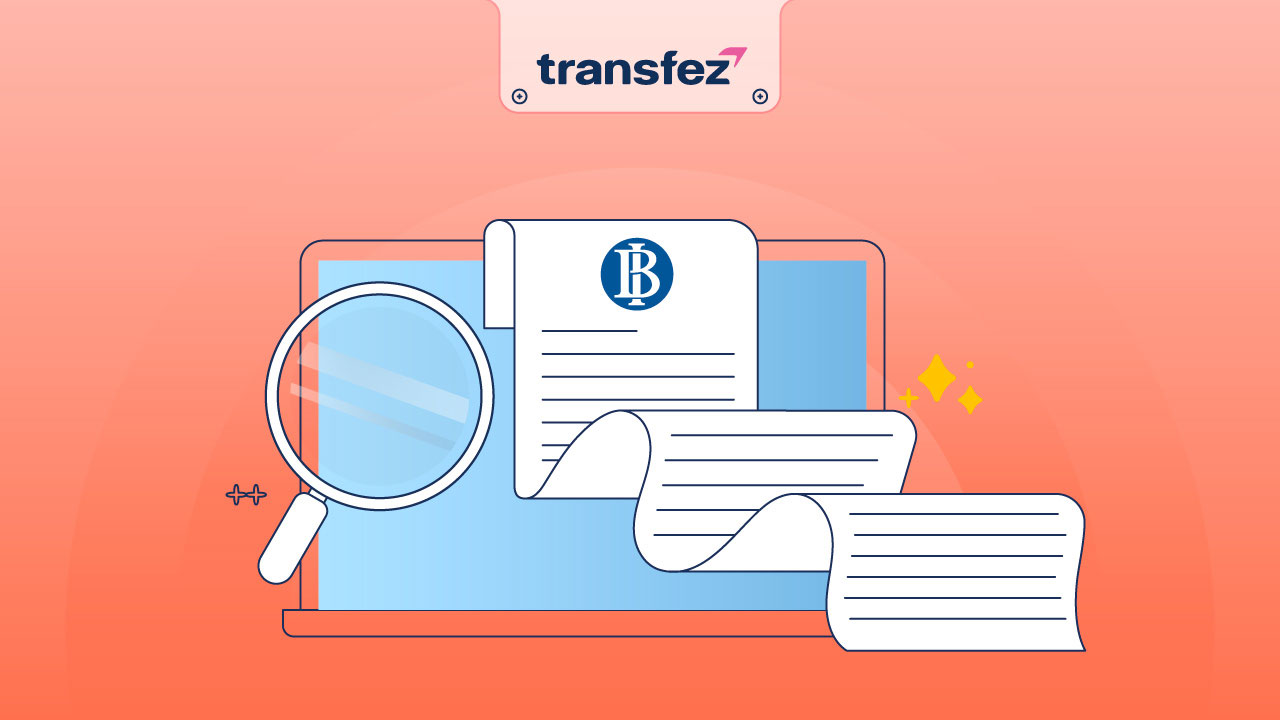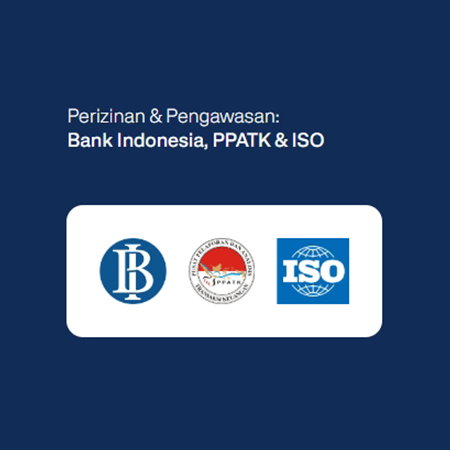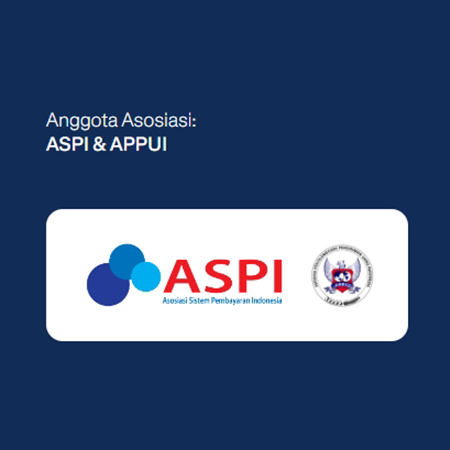The history of Bank Indonesia has been a long journey leading to its current status as the central bank capable of managing the nation’s finances effectively. The designation of the central bank as “Bank Indonesia” is established in Article 23D of the Constitution of the Republic of Indonesia and Law No. 23 of 1999.
However, the history of Bank Indonesia actually dates back to the colonial era. The development of banking in Indonesia has continued from the reform era to the present day, with Bank Indonesia evolving and eventually being granted authority in accordance with applicable laws.
Bank Indonesia’s Timeline of History

Banking history in Indonesia began as early as the 16th century, when the country already had financial institutions, though not as advanced as today. Even back then, the role of banks in Indonesia was significant for both the state and its people.
Here are several key milestones in Bank Indonesia’s journey:
1. Year 1600
In 1600, during the 16th century, European nations began arriving in Southeast Asia in search of spices. At the time, Indonesia did not yet exist as a nation and was known as the Nusantara archipelago.
Various kingdoms across the Nusantara had their own currencies. Additionally, foreign currencies, such as the Chinese “picis,” were widely circulated and even dominated local currency usage.
2. Year 1602
The journey continued in 1602 with the establishment of the trading company Vereenigde Oost-Indische Compagnie (VOC), known in English as the Dutch East India Company. It introduced the Spanish real currency into the Nusantara region.
3. Year 1603
The VOC’s presence in the Nusantara had specific roles and responsibilities. Its primary mission was to open trade routes and diminish Portuguese dominance—though it did not entirely succeed in this effort.
4. Year 1746
In 1746, the first bank in the Nusantara—Bank Courant en Bank Van Leening—was established to support trade activities. Its main function was to offer loans secured by silver, gold, jewelry, or other valuable items.
In 1752, this institution evolved into De Bank Van Courant en Bank Van Leening, which had a broader role, including offering loans to VOC employees and encouraging them to circulate money through various financial institutions in exchange for interest.
5. Year 1818
The bank was dissolved in 1818 due to a severe financial crisis that hit at the time.

6. Year 1828
This year marked the founding of De Javasche Bank, the forerunner of Bank Indonesia.
The Dutch royal government granted octrooi (a special charter) to De Javasche Bank, giving it the authority to act as a circulation bank. As such, De Javasche Bank had the right to print and distribute the gulden currency in the Dutch East Indies.
The Octrooi was renewed every 10 years and extended seven times in total. De Javasche Bank became the first circulation bank in Asia.
7. Year 1830
To replenish the depleted state treasury following the Java War, the Dutch implemented the forced cultivation system (cultuurstelsel) in the Dutch East Indies. The exploitative nature of this system was later exposed in the novel Max Havelaar by Douwes Dekker, which sparked debate in Dutch society and politics.
De Javasche Bank supported the colonial government’s financial policies during this period. From 1829 to 1870, it expanded by opening branches in several cities across the Dutch East Indies.
8. Year 1870
The government passed the Agrarian Law, allowing private entities to invest in the Dutch East Indies’ business sector. This policy supported plantation development and enabled producers to engage in international trade.
The economic exploitation during the forced cultivation period eventually led to the introduction of the Ethical Policy in 1901. In the banking sector, the 20th century saw the emergence of credit banks aimed at improving the local economy.
9. Year 1942
During the Japanese occupation, De Javasche Bank was liquidated. Its function as a circulation bank was replaced by Nanpo Kaihatsu Ginko, a Japanese financial institution.
10. Year 1945
After Indonesia proclaimed its independence, the Dutch attempted to regain control through NICA (Netherlands Indies Civil Administration). NICA reestablished De Javasche Bank to print and circulate NICA currency in an effort to destabilize Indonesia’s economy.
11. Year 1999
Bank Indonesia was officially declared the central bank with independent status. Law No. 23 of 1999 concerning Bank Indonesia was enacted to formalize its role and objective—maintaining the stability of the rupiah.
These are some of the milestones in Bank Indonesia’s historical journey. Over time, the institution has continued to evolve and grow stronger to reach its current state.
Download the Transfez App
The Transfez app helps you transfer money abroad faster, cheaper, and more efficiently. Transfez Business also supports companies in making international transactions. Whether you’re sending money to family overseas for education, work, or travel—Transfez is ready to help. Available on both Android and iOS. Download now!










